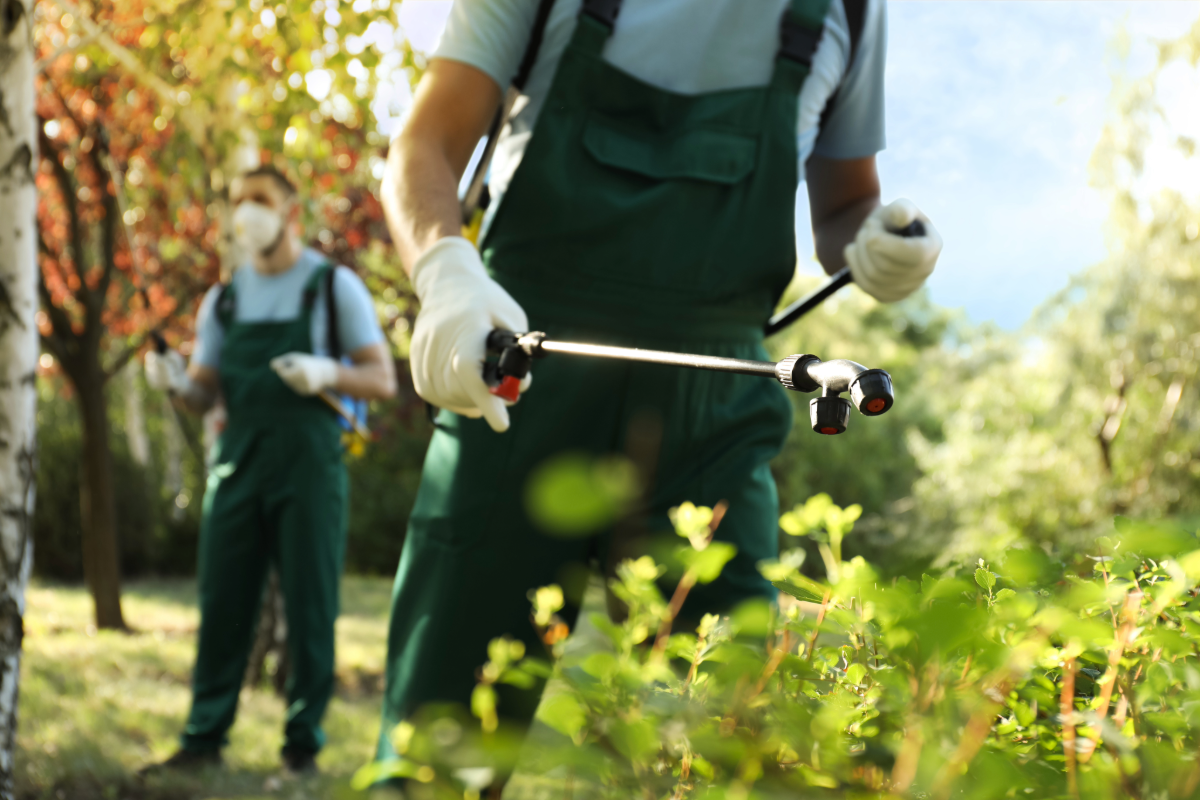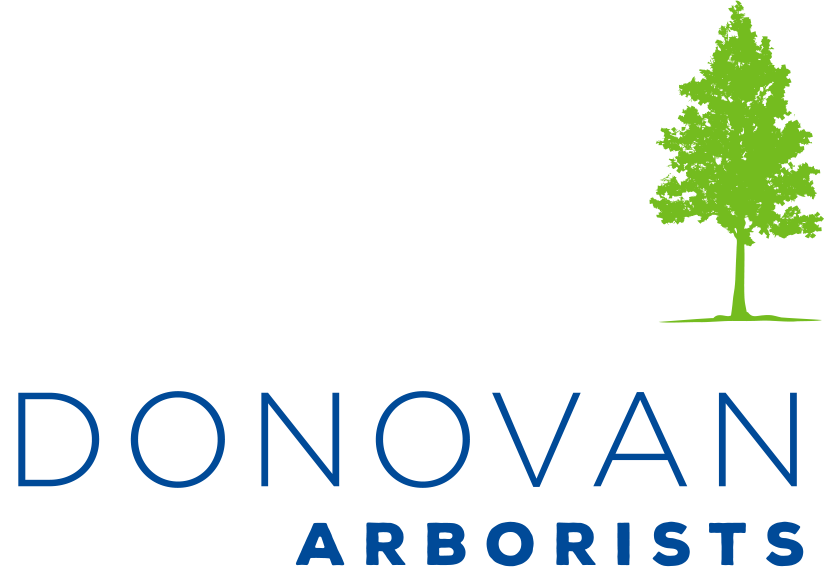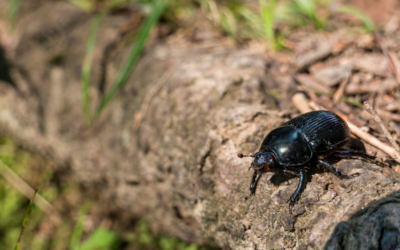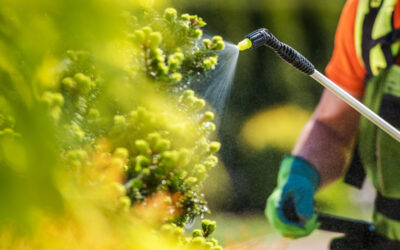Integrated Pest Management (IPM) for Your Yard: A Holistic Approach to Tree Health
As the vibrant colors of spring begin to fade and we look towards the warmer days of summer, it’s natural to start thinking about keeping our trees healthy and beautiful. While the idea of a pest infestation can be daunting, a healthy yard doesn’t have to mean reaching for harsh chemicals. In fact, a more sustainable and effective approach is found in Integrated Pest Management (IPM).
At Donovan Arborists, we believe in nurturing the long-term health of your trees and yard, and IPM is at the core of that philosophy. So, what exactly is IPM, and how can you apply its principles to your own green space?
What is Integrated Pest Management (IPM)?
Think of IPM not as a single solution, but as a strategic toolkit. It’s an environmentally sensitive and effective approach to pest management that relies on a combination of common-sense practices. The goal isn’t necessarily to eradicate every single pest (which is often unrealistic and harmful to the ecosystem), but rather to manage pest populations in a way that minimizes risks to people, property, and the environment.
Instead of a “spray first, ask questions later” mentality, IPM emphasizes:
- Prevention: Creating a healthy environment where pests are less likely to thrive.
- Monitoring: Regularly inspecting your trees and plants to catch pest issues early.
- Identification: Knowing what pest you’re dealing with to choose the most appropriate treatment.
- Action Thresholds: Deciding when a pest population is significant enough to warrant intervention.
- Combination of Controls: Using a variety of methods, starting with the least toxic and moving to more intensive options only when necessary.

How to Apply IPM to Your Trees and Yard
Here’s how you can embrace IPM principles in your own backyard, keeping your trees robust and resilient:
1. Cultural Controls: The Foundation of Healthy Trees
This is all about creating an environment where your trees can naturally resist pests and diseases.
- Choose the Right Tree for the Right Place: Select tree species that are well-suited to Denver’s climate, soil, and sun exposure. A stressed tree is an inviting target for pests.
- Proper Planting: Ensure correct planting depth, spacing, and initial watering to give your new trees the best start.
- Optimal Watering: Over or under-watering can stress trees. Understand your tree’s specific water needs, especially as we head into drier summer months.
- Smart Mulching: A 2-4 inch layer of organic mulch (like wood chips) around the base of your trees helps retain moisture, regulate soil temperature, and suppress weeds that can compete for resources. Keep mulch a few inches away from the trunk.
- Balanced Nutrition: Healthy soil means healthy trees. Consider soil testing to understand nutrient deficiencies and apply amendments as needed, avoiding excessive fertilization which can promote succulent growth attractive to some pests.
- Regular Pruning: Remove dead, diseased, or damaged branches to improve air circulation and eliminate potential entry points for pests and diseases. Proper pruning also maintains tree structure and vigor.
2. Biological Controls: Welcome Your Allies!
Nature provides many of its own pest controllers! Encourage beneficial insects that prey on common tree pests.
- Attract Beneficials: Plant diverse flowering plants that provide nectar and pollen for ladybugs, lacewings, predatory mites, and parasitic wasps.
- Avoid Broad-Spectrum Pesticides: These chemicals often kill beneficial insects along with the pests, disrupting the natural balance.
3. Mechanical & Physical Controls: Hands-On Management
Sometimes, direct intervention is the simplest and most effective.
- Hand-Picking: For smaller infestations of caterpillars or beetles, simply removing them by hand can be effective.
- Hosing Off: A strong spray of water can dislodge aphids and mites from leaves.
- Pruning Infested Branches: If a branch is heavily infested with a specific pest or disease, carefully removing and disposing of it can prevent further spread.
4. Chemical Controls: A Last Resort, Applied Wisely
When all other methods aren’t sufficient, targeted and responsible use of pesticides might be necessary. However, IPM emphasizes:
- Targeted Application: Using pesticides that are specific to the pest in question, rather than broad-spectrum options that harm beneficial insects.
- Least Toxic Options First: Exploring options like insecticidal soaps or horticultural oils before moving to stronger chemicals.
- Proper Timing: Applying treatments when pests are most vulnerable and beneficials are least active.
- Professional Application: For tree pests, especially those in larger or mature trees, the professional arborists at Donovan Arborists are trained to identify the problem accurately and apply treatments safely and effectively, minimizing environmental impact.
Why IPM Matters for Your Yard
Embracing IPM means:
- Healthier Trees: Trees that are strong and resilient are naturally better equipped to fight off pests and diseases.
- Reduced Chemical Use: Protecting your family, pets, and the local ecosystem from unnecessary chemical exposure.
- Sustainable Solutions: Fostering a balanced environment in your yard that thrives naturally.
- Cost-Effectiveness: Preventing major infestations can save you money in the long run by avoiding expensive remediation.
At Donovan Arborists, our certified arborists are experts in diagnosing tree health issues and implementing effective IPM strategies. If you’re noticing signs of distress on your trees, or simply want to ensure they remain healthy and vibrant for years to come, contact us today for a comprehensive tree health assessment. Contact us today at (303) 623-8733 (TREE) or use our FREE Estimate form! Let’s work together to create a thriving and resilient landscape for your home!





